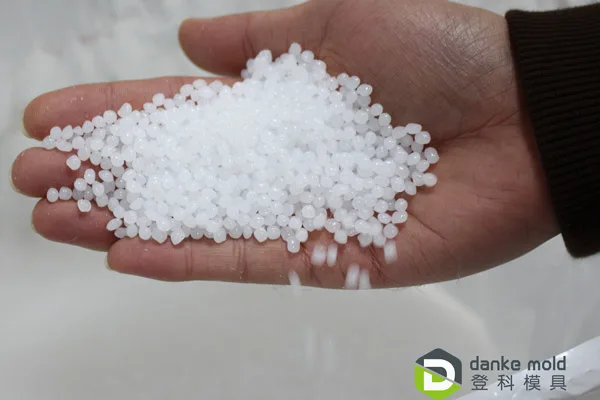Temperature control makes or breaks your plastic injection molding project. You need precise heat management throughout the entire process. The plastic pellets must reach the right melting point without burning. Too little heat creates incomplete fills. Too much heat destroys material properties.
Your mold temperature affects cooling time and part quality. Most manufacturers struggle with temperature variations across different mold sections. You can solve this by installing proper heating and cooling channels. Monitor temperatures at multiple points during production.
How Do You Choose the Right Materials for Your Project?
Material selection drives plastic injection molding success. Each plastic type needs specific processing conditions. Polyethylene requires different settings than polystyrene or ABS. You must understand flow characteristics and shrinkage rates.
Consider these key factors when choosing materials:
- Operating temperature requirements
- Chemical resistance needs
- Mechanical strength demands
- Cost constraints
- Appearance specifications
Test small batches before committing to large production runs. This approach saves time and money while ensuring quality results.
What Pressure Settings Give You the Best Results?
Injection pressure controls how well plastic fills your mold cavities. You need enough pressure to reach every corner without creating defects. Low pressure causes short shots and incomplete parts. High pressure can damage molds and create flash.
Modern plastic injection molding machines offer precise pressure control. Set primary injection pressure based on part geometry and material viscosity. Use holding pressure to compensate for material shrinkage during cooling. Monitor cavity pressure sensors for real-time feedback.

Plastic pellets
How Can You Optimize Your Cooling Process?
Cooling takes up most of your cycle time. Smart cooling design reduces production time and improves part quality. You want a uniform temperature distribution throughout the mold. Hot spots create warping and internal stress.
Design cooling channels close to mold surfaces. Use conformal cooling for complex geometries. Maintain consistent coolant temperature and flow rate. Check for blockages regularly to prevent temperature variations.
Calculate cooling time based on part thickness and material properties. Thicker sections need longer cooling periods. Remove parts at the right temperature to prevent distortion.
Ready to Start Your Next Manufacturing Project?
Plastic injection molding offers unlimited possibilities for creating complex plastic parts. You can achieve excellent results by controlling temperature, pressure, and cooling parameters. Focus on material selection and process optimization for consistent quality.
Professional manufacturing partners help you avoid common mistakes and reduce development time. They bring specialized equipment and expertise to your projects.
Contact Danke Mold today to discuss your plastic injection molding needs. Our experienced team provides comprehensive manufacturing solutions from prototyping to full production. Get started on your next project with confidence.
